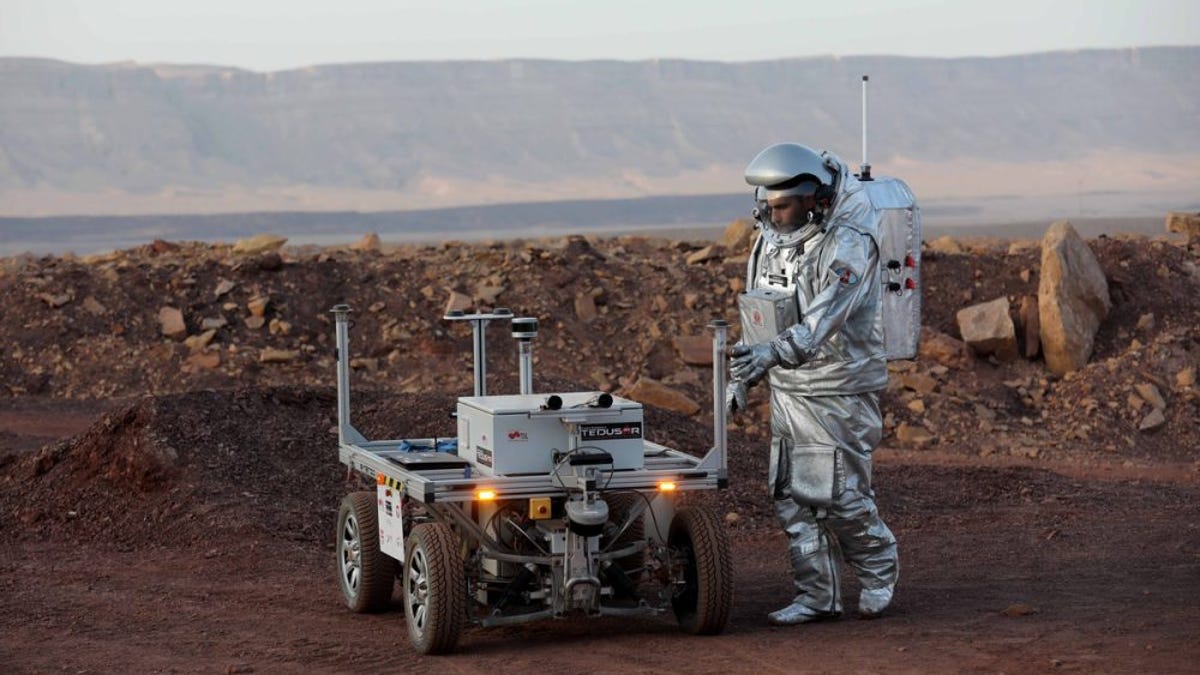NASA enters contract for computing processor that will change space exploration
NASA’s Jet Propulsion Laboratory in Southern California selected Microchip Technology of Chandler, Arizona, to develop a High-Performance Spaceflight Computing (HPSC) processor that will advance all types of future space missions, from planetary exploration to lunar and Mars surface missions, NASA said in a release Monday.
The processor architecture will allow computing power to be scalable based on mission needs, which will significantly improve overall computing efficiency for exploration missions. The design will also make the processor more reliable, enabling spacecraft computers to perform calculations up to 100 times faster than today’s state-of-the-art space computers, according to NASA.
SEE: NASA is blazing an inspirational trail. We need to make sure everyone can follow it
“Our current spaceflight computers were developed almost 30 years ago,” said Wesley Powell, NASA’s principal technologist for advanced avionics. “While they have served past missions well, future NASA missions demand significantly increased onboard computing capabilities and reliability. The new computing processor will provide the advances required in performance, fault tolerance, and flexibility to meet these future mission needs.”
Once the processor is developed, it may also be useful to other government agencies and planet-based commercial systems with similar mission-critical edge computing needs.
Potential applications include industrial automation, edge computing, time-sensitive ethernet data transmission, artificial intelligence and Internet of Things gateways, NASA said.
SEE: NASA fast-tracks Artemis I Moon rocket launch
Microchip Technology will take three years to design and deliver the HSPC processor. During this time, the company will contribute significant research and development under a $50 million firm-fixed contract with NASA. Microchip Technology said it is pleased to be selected as NASA’s partner in developing this technology.
“We are making a joint investment with NASA on a new trusted and transformative compute platform. It will deliver comprehensive Ethernet networking, advanced artificial intelligence/machine learning processing and connectivity support while offering unprecedented performance gain, fault-tolerance, and security architecture at low power consumption,” said Babak Samimi, corporate vice president for Microchip Technology’s communications business unit.
For all the latest Technology News Click Here
For the latest news and updates, follow us on Google News.

